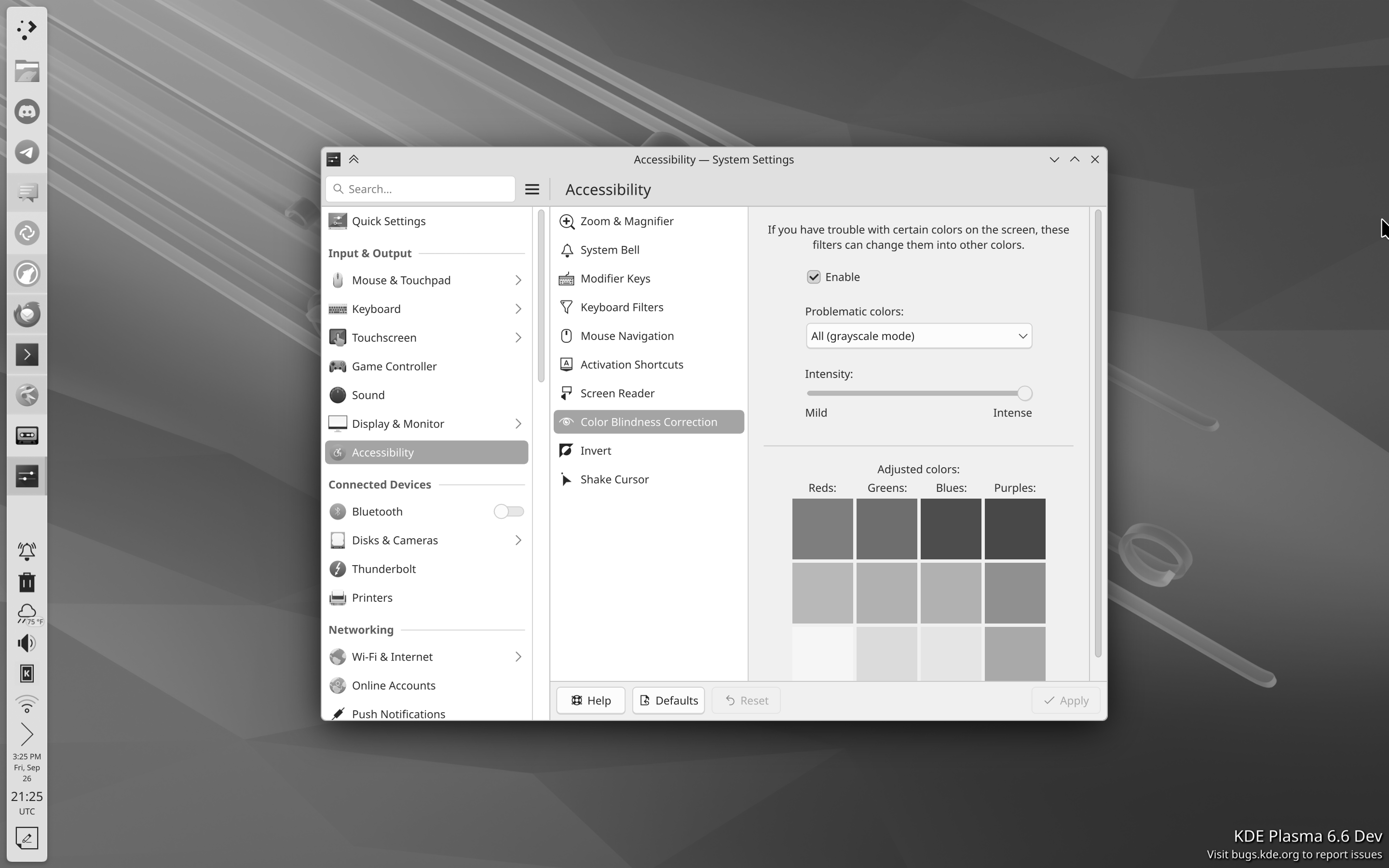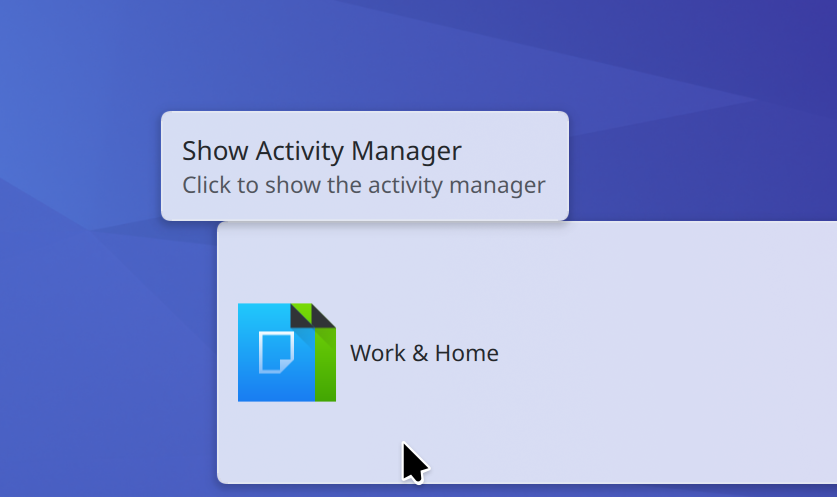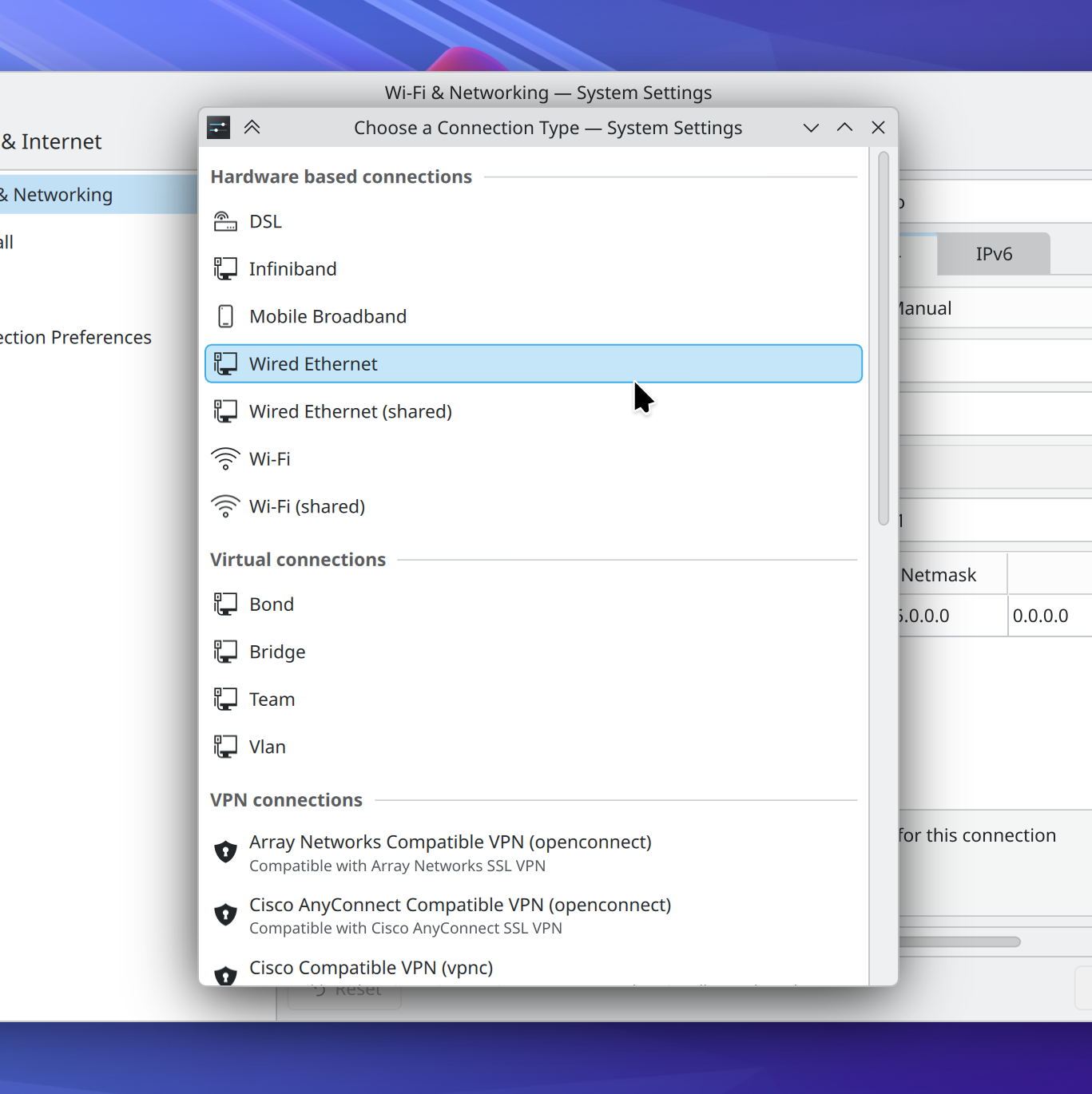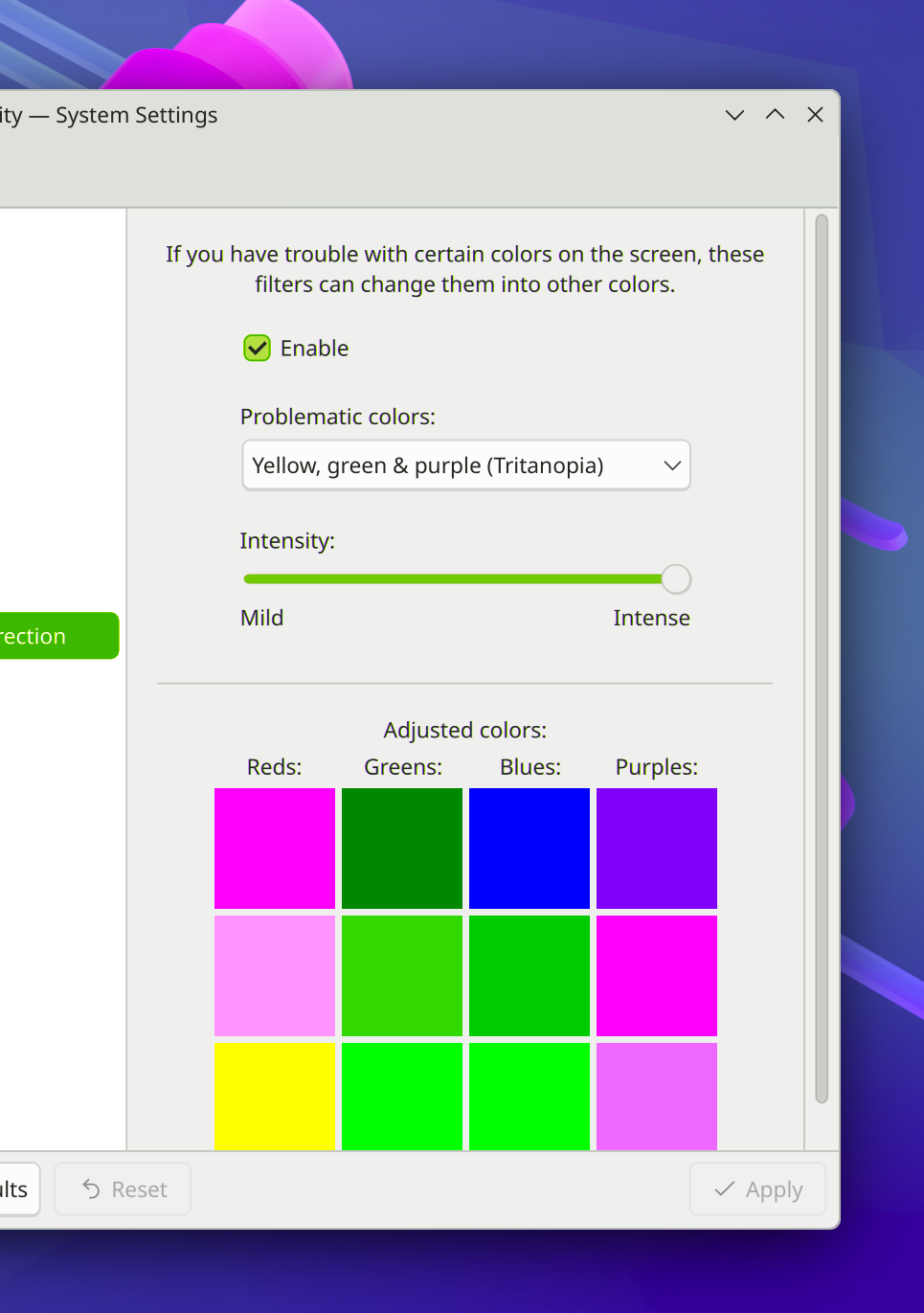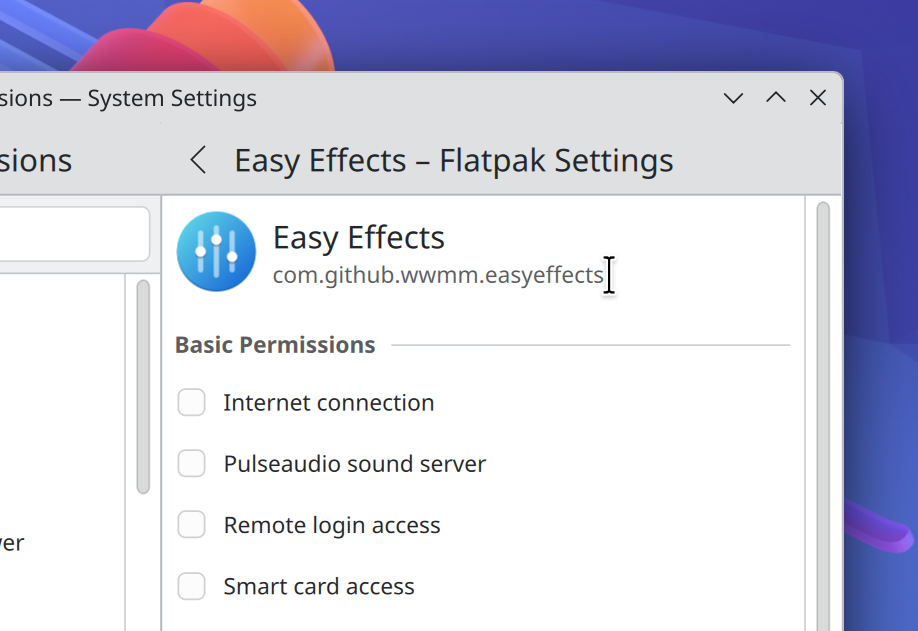Let’s go for my web review for the week 2025-39.
Why Europe’s new tech laws have the world on edge
Tags: tech, law, politics
When the European tech regulations encounter the changing geopolitical landscape… can we expect sparkles or the European Commission will cave in? I honestly hope it’s the former.
https://edri.org/our-work/why-europes-new-tech-laws-have-the-world-on-edge/
The EU’s €2T budget overlooks a key tech pillar: Open source
Tags: tech, politics, foss
The European Commission plans are indeed short sighted… Hopefully they’ll come to their senses and prioritize funds for FOSS.
https://thenextweb.com/news/eu-budget-open-source
Service offerings from Mastodon
Tags: tech, social-media, fediverse, foss, business
Definitely a good move to have more sustainable income for Mastodon.
https://blog.joinmastodon.org/2025/09/service-offerings-from-mastodon/
Internet Phone Book
Tags: tech, internet, culture
This is really a funny idea. I admit I’m curious about what it contains.
https://livingweb.metalabel.com/internetphonebook?ref=DenseDiscovery-357&variantId=1
Tags: tech, self-hosting, rss
Nice opinions on why to get back into RSS. Also comes with a few interesting options and suggestions (I’m happy with my current reader though, but who knows).
https://tudorr.ro/blog/2024-04-04-zoomer-tries-rss/
AI is impressive because we’ve failed at semantic web and personal computing
Tags: tech, ai, machine-learning, gpt, semantic, web, knowledge
There’s some truth in this piece. We never quite managed to really have a semantic web because knowledge engineering is actually hard… and we publish mostly unstructured or badly structured data. LLMs are thus used as a brute force attempt at layering some temporary and partial structure on top of otherwise unstructured data. They’re not really up to the task of course but it gives us a glimpse into what could have been.
https://rakhim.exotext.com/ai-is-impressive-because-we-ve-failed-at-semantic-web-and-personal-computing
Fifty Years of Open Source Software Supply-Chain Security
Tags: tech, foss, supply-chain, security
Nice overview of where we stand regarding supply chain security. Code reuse has never been so widespread and we still have fundamental issues leading to security problems.
https://cacm.acm.org/practice/fifty-years-of-open-source-software-supply-chain-security/
Ruby Central’s Attack on RubyGems
Tags: tech, ruby, supply-chain, community
This latest development in the Ruby community is rather concerning.
https://pup-e.com/goodbye-rubygems.pdf
Athlon 64: How AMD turned the tables on Intel
Tags: tech, hardware, cpu, intel, amd
If you’re wondering why the architecture is called “amd64” and why the itanium disappeared… this is why. It was a very good stunt from AMD back then.
https://dfarq.homeip.net/athlon-64-how-amd-turned-the-tables-on-intel/
Why Local-First Apps Haven’t Become Popular?
Tags: tech, syncing, crdt
I don’t think that’s the only challenges but those are indeed two good things to keep in mind to ease the syncing.
https://marcobambini.substack.com/p/why-local-first-apps-havent-become
Postgres’ Original Project Goals: The Creators Totally Nailed It
Tags: tech, databases, postgresql
Indeed they did plan ahead very well. It’s no surprise if Postgres is doing so well this days.
https://www.crunchydata.com/blog/the-postgres-project-original-goals-and-how-the-creators-totally-nailed-it
Dotfiles with make
Tags: tech, tools, config, shell, make
Interesting use of make to manage your dotfiles. I have a tiny Python script for that, but this looks even more portable.
https://www.matheusmoreira.com/articles/managing-dotfiles-with-make
Under the hood: Vec
Tags: tech, rust, type-systems, memory, api
Just a little dive in the Rust standard library. It gives a good idea on how they pile layers to ensure safety while providing a nice API on top.
https://marma.dev/articles/2025/under-the-hood-vec-t
Be Simple
Tags: tech, complexity, design, performance, rust
Of course I agree with this. We should fight undue complexity at every step. This beast tends to creep up very quickly and we’re all guilty of it at times. This is indeed particularly obvious in otherwise rich languages like C++ or Rust. Those tend to push people to try to be clever and show off, often for “performance reasons”. This is rarely a good idea, think twice.
I would have titled the “defer refactoring” section differently though. Probably “defer abstracting” would have fit the bill better.
https://corrode.dev/blog/simple/
Tags: tech, performance, optimization, profiling
This is definitely true. Keep all this in mind when dealing with performance questions: design properly for the task, profile and profile some more, focus on the hotspots, keep things maintainable.
https://johnnysswlab.com/9-things-every-fresh-graduate-should-know-about-software-performance/
Test state, not interactions
Tags: tech, ai, machine-learning, gpt, copilot, tests, tdd, design
Apparently in the age of people using LLMs for their tests, there is a bias toward mockist tests being produced. It’s a good time to remind why you likely don’t want them in most cases and limit the use of mocks to consider fakes and checking system state instead.
https://rednafi.com/go/test_state_not_interactions/
The Theatre of Pull Requests and Code Review
Tags: tech, codereview
Looks like I’m not alone advocating for commits which tell a story. Makes reviews so much nicer.
https://meks.quest/blogs/the-theatre-of-pull-requests-and-code-review
7 Stages of Software Tech Stack Adoption (You’re Probably in Stage 5)
Tags: tech, architecture, change, organization, product-management
I don’t think it’s always unfolding exactly like this but there’s some truth to that. Most projects see a “let’s rewrite it in X” phase, this is rarely the best outcome.
https://robbyonrails.com/articles/2025/09/20/seven-stages-of-tech-stack-adoption/
Unnecessary Anxiety in Software Development
Tags: tech, management, project-management, safety, anxiety
Indeed, stress can’t be completely eliminated… but at least build an environment where risky situations are reduced as much as possible. So that when stress or anxiety shows up you can take notice and react. Otherwise you’ll be creating vicious circles.
https://www.simplethread.com/unnecessary-anxiety-in-software-development/
How to Lead in a Room Full of Experts
Tags: tech, leadership, tech-lead
Nice musing about leadership in a technical context. It’s indeed not completely about having all the answers, it’s about facilitating the conversations and framing them properly.
https://idiallo.com/blog/how-to-lead-in-a-room-full-of-experts
The Management Skill Nobody Talks About
Tags: management, failure
Everyone makes mistakes eventually, the real difference is in how you deal with them.
https://terriblesoftware.org/2025/08/22/the-management-skill-nobody-talks-about/
Bye for now!

 ngraham
ngraham

 @vkrause:kde.org
@vkrause:kde.org
